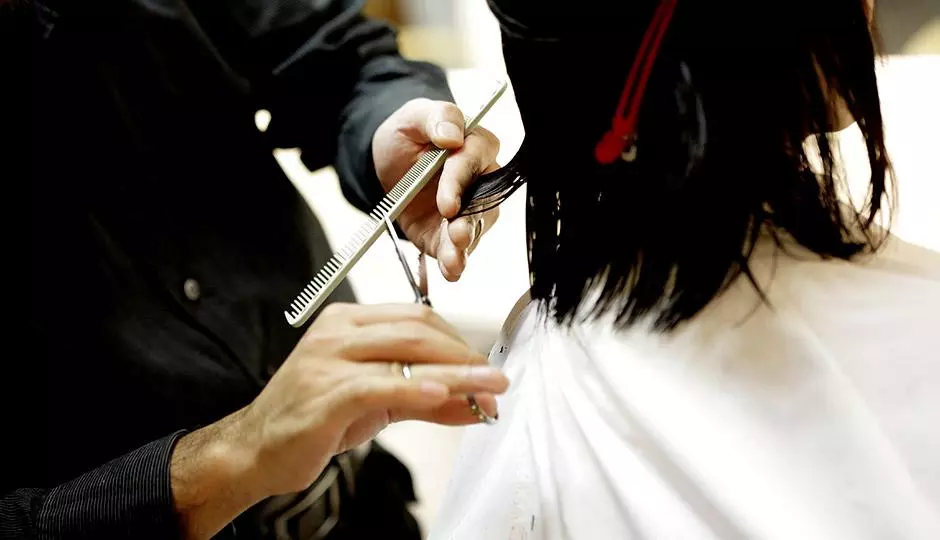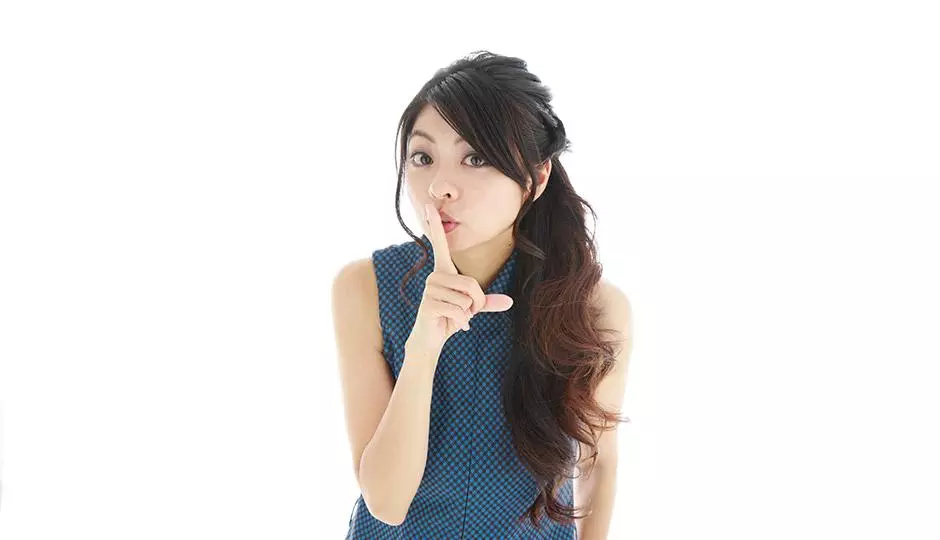Women spend a lot of time on their hair. It doesn’t matter what her age or race is. Neither her social standing or her profession make a difference. A woman’s hair is her crowning glory, from the cradle to the grave. When a woman sees clumps of hair in her brush or comb or notices her scalp is now visible through her hair, it can be devastating. The problem could be the result of female pattern baldness.
Women Don’t Go Bald
Unfortunately, this statement isn’t grounded in fact. Estimates are that as many as 33 percent of the ladies in a population will experience hair loss at some point in their lives. Among women who are postmenopausal, hair thinning or bald spots may occur in up to 66 percent of the population. Women can also suffer from temporary hair loss following pregnancy.
The main type of hair loss in women is female pattern baldness, or androgenetic alopecia. Women usually notice a gradual thinning of the hair along the part line. The hair loss may continue in a diffuse pattern from the top of the head.
Unlike men, women’s hairlines rarely recede and women rarely become completely bald. You may notice your part getting wider or the hair at your temples may recede a bit. Your hair may continue to thin if you don’t seek treatment.
Multiple Causes for Female Pattern Baldness
Hair loss can be a normal progression of aging. For women who’ve gone through menopause, it is not an uncommon occurrence to notice the hair on the head is thinner. They may also notice hair on the face becoming coarser. A family history of pattern baldness, male or female, can also be a contributing factor.
Skin diseases and certain autoimmune diseases can damage hair follicles, or a deficiency in iron or vitamin B can contribute to hair loss. Medications such as chemotherapy and some beta blockers may also increase hair loss.
It Is Treatable
Treatment works best if it’s started when you first notice you’re losing hair. Effective treatments can decrease hair loss and even help women regrow hair. For instance, Low level Laser Hair Therapy (LLLT) is a clinically proven non-surgical hair loss treatment for women suffering the devastating effects of hair loss, balding or thinning hair.
For irreversible hair loss, there are other non-surgical measures that can improve how you feel about your appearance. Wigs or hair systems are always an option. Hair extensions also offer an easy and inexpensive method to improve your hair’s look.
At Transitions of Wisconsin, we understand that female pattern baldness and thinning hair can be painful, devastating, and embarrassing. We are dedicated to helping women find beautiful, practical solutions to their hair loss problems. If you’re interested in scheduling a free consultation, contact us today!
Sources:
https://medlineplus.gov/ency/article/001173.htm
http://www.health.harvard.edu/staying-healthy/treating-female-pattern-hair-loss
http://www.nytimes.com/health/guides/disease/female-pattern-baldness/overview.html
https://www.aad.org/public/skin-hair-nails/hair-care/female-pattern-hair-loss
http://www.aocd.org/?page=FemalePatternHair


